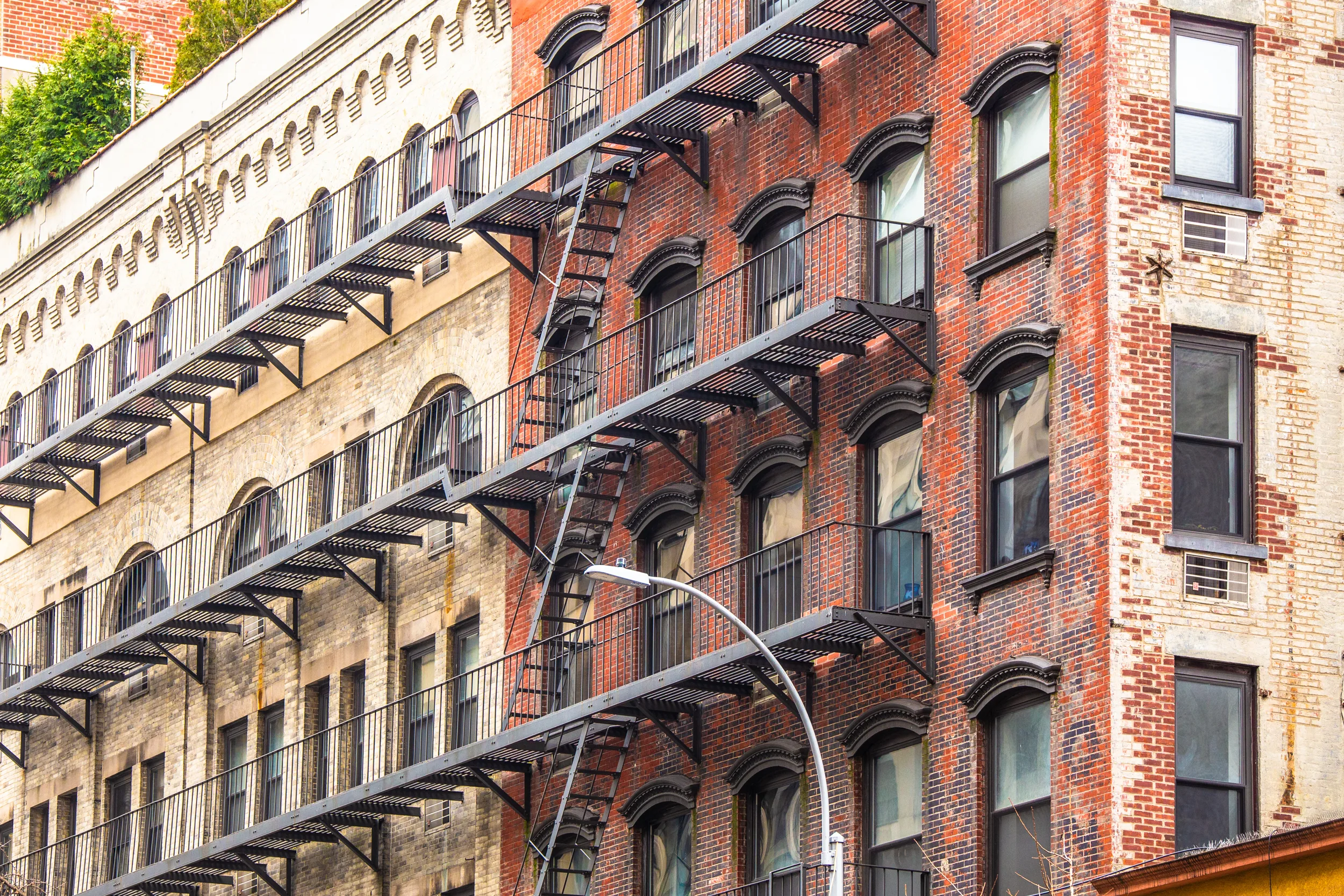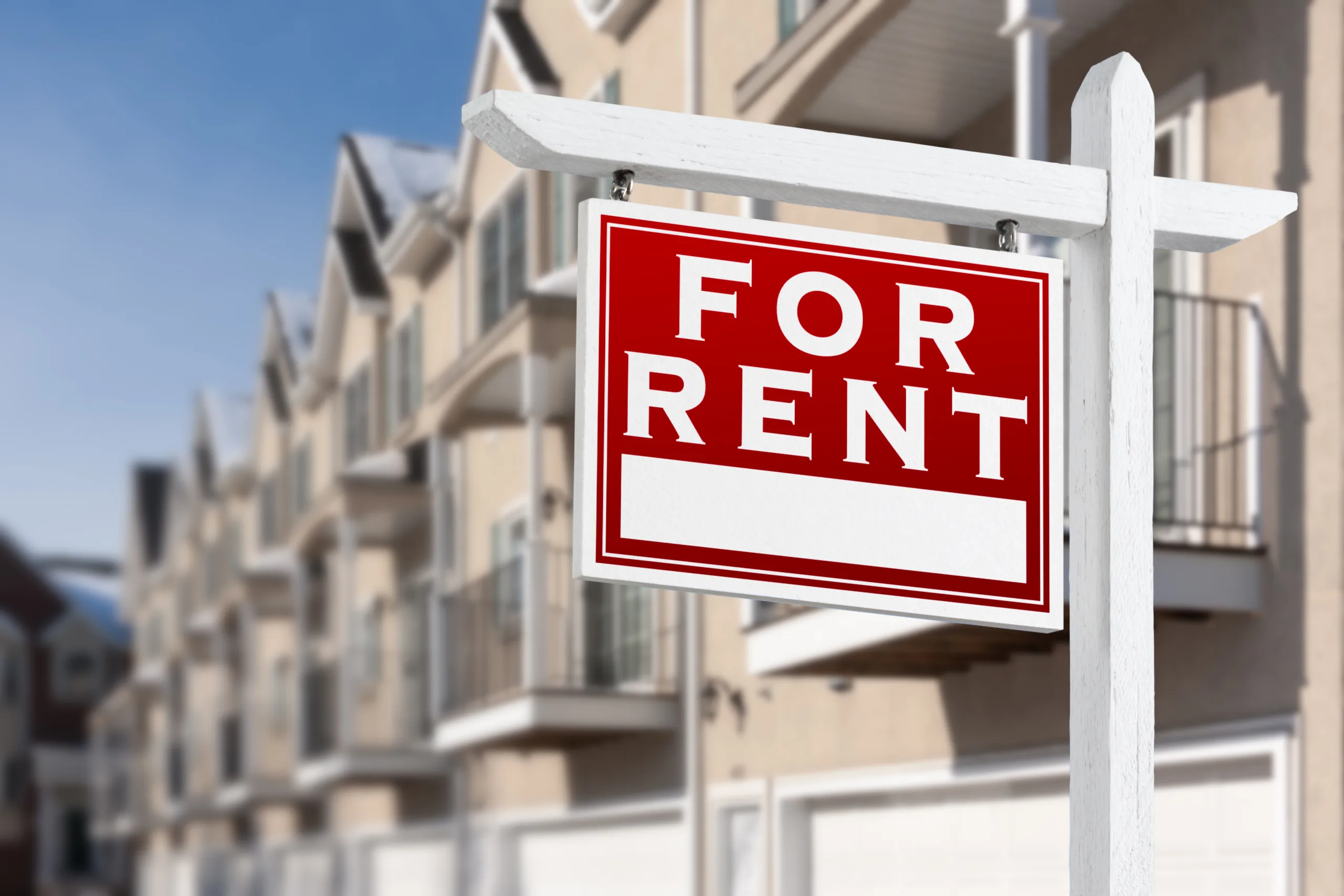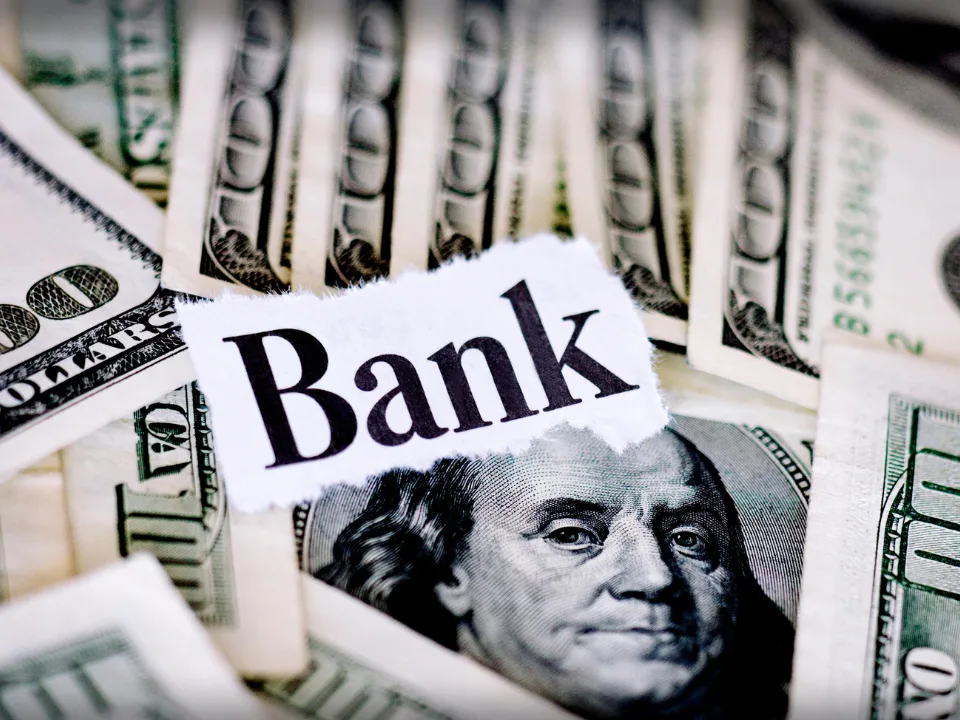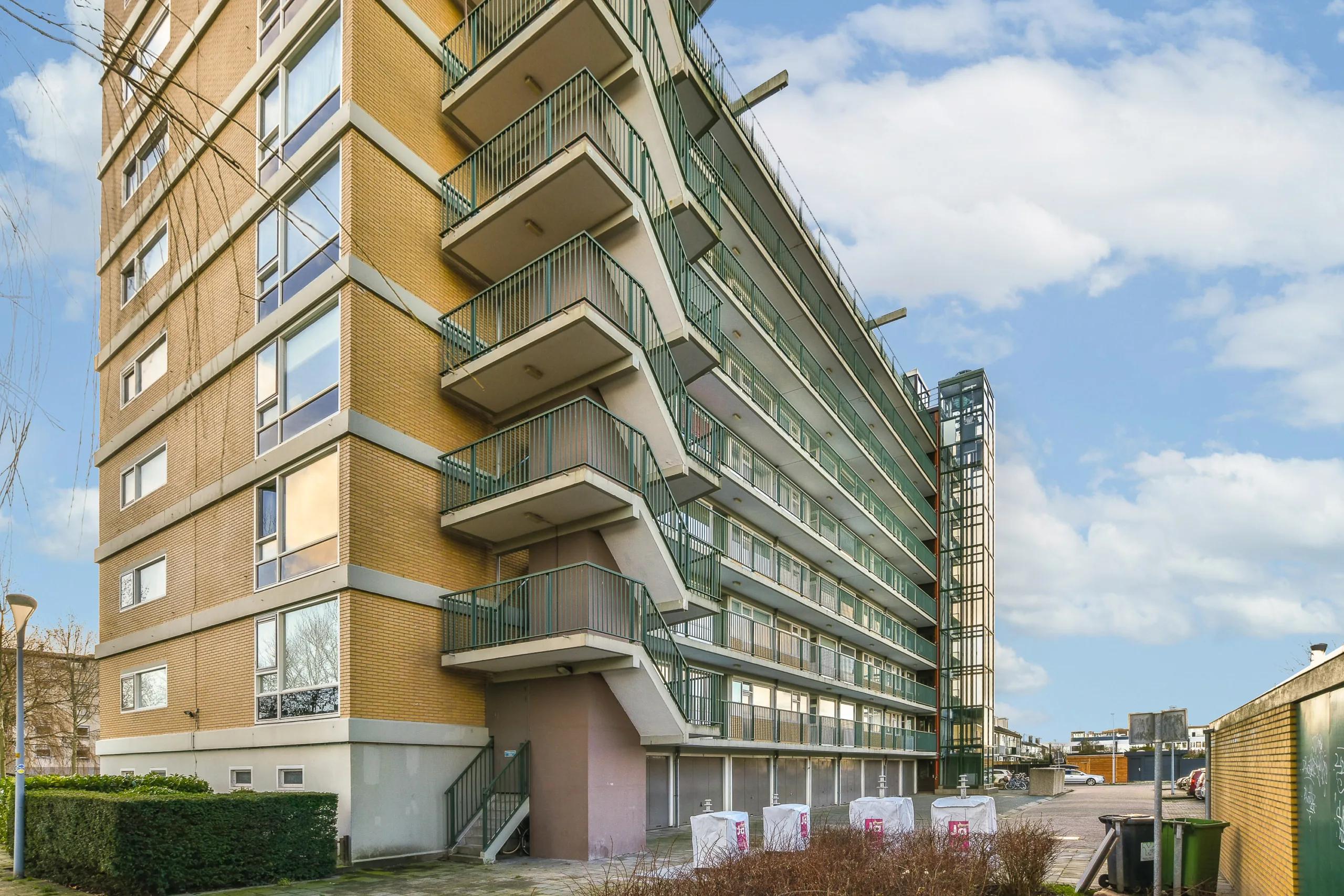- Insurance premiums for NYC rent-stabilized buildings jumped 150% from 2019 to 2025, according to NYU’s Furman Center.
- Owners of these buildings are cutting spending on other operational needs to cope with escalating insurance, maintenance, and utility costs.
- A rise in housing-code violations signals the strain on property upkeep amid growing concerns about the long-term viability of the city’s affordable housing.
Insurance Crunch Hits Affordable Housing
According to Bloomberg, a new report from NYU’s Furman Center highlights the growing financial pressure on landlords of rent-stabilized apartments in New York City.
Insurance expenses for these properties have increased by 150% since 2019. That rise outpaced every other major operating cost, including maintenance and utilities.
There are about 450,000 rent-stabilized apartments citywide. These units are a crucial part of the city’s affordable housing supply.
The report focuses on buildings constructed before 1974. In these buildings, 90% of units are rent-stabilized and typically rent for less than $1,344 per month. That level is considered affordable to households earning about 40% of the area’s median income.
Climate Risk and Coverage Gaps
Experts attribute the surge in insurance costs to climate risk and a shrinking number of insurers offering coverage for multifamily buildings.
Affordable housing providers are especially impacted. According to the New York Housing Conference, some insurers may be pricing coverage based on tenant income and subsidy levels.
“Insurance issues hit this portfolio of properties harder than others in terms of its location and in terms of the rent subsidies that they’re receiving,” said Jane Silverman, executive director of community development banking at JPMorgan Chase.
She added that insurers are treating these buildings differently. There is pending legislation at the state level aimed at regulating the insurance industry and controlling premium costs.
This is not just a New York issue — rising insurance costs are also delaying multifamily deals nationwide, further illustrating the widespread pressure facing the sector.
Get Smarter about what matters in CRE
Stay ahead of trends in commercial real estate with CRE Daily – the free newsletter delivering everything you need to start your day in just 5-minutes
Landlords Under Pressure
Landlords are also dealing with rising costs across the board. Since 2019, maintenance costs have grown by 39%, and utility costs are up 31%.
Property taxes, labor, and fuel costs have also risen, but more in line with inflation.
Despite these increases, landlords reported a 3% decline in total operating costs after adjusting for inflation. That suggests they may be cutting back or shifting spending in other areas.
One consequence of those cuts is worsening building conditions.
Between 2021 and 2025, housing-code violations in buildings with a high share of rent-stabilized units rose 47%. In comparison, buildings with fewer rent-stabilized units saw a 22% increase.
Why It Matters
New York City has nearly 1M rent-stabilized apartments. Preserving this housing is essential to addressing the city’s affordability crisis.
But rising insurance costs could threaten these efforts. If landlords continue to cut back on operations, tenant conditions may worsen, and long-term property quality may decline.
What’s Next
Mayor Zohran Mamdani’s administration has made affordable housing a key priority.
That includes preserving rent-stabilized units while adding new supply.
Policymakers may need to act quickly. Reforming insurance practices and supporting these buildings could help prevent further strain on this critical housing stock.


















